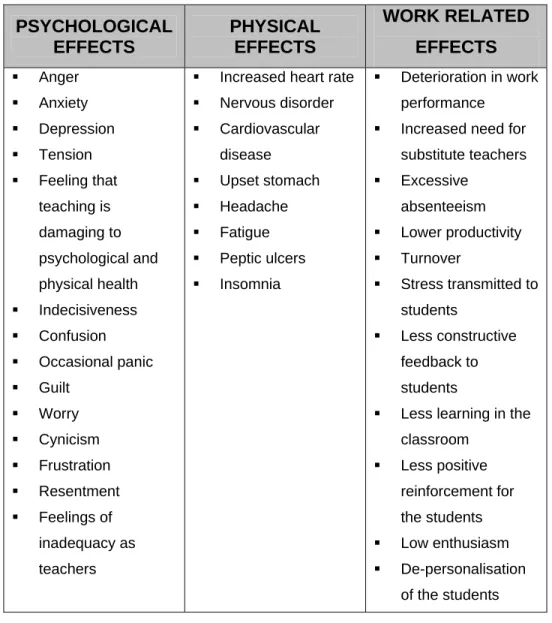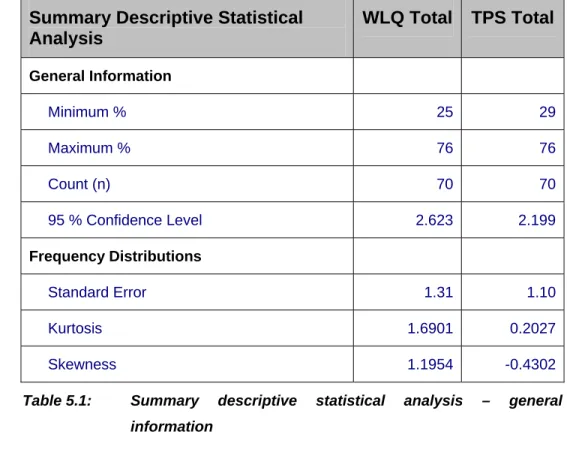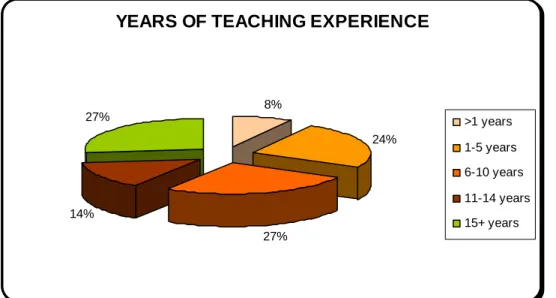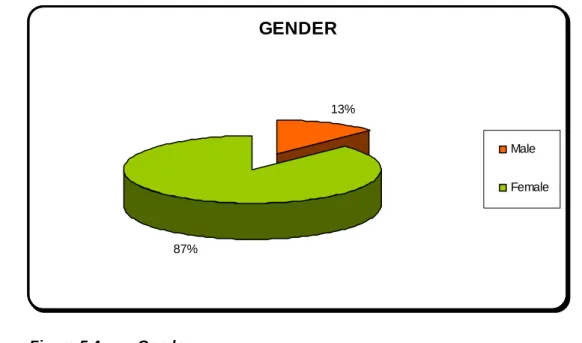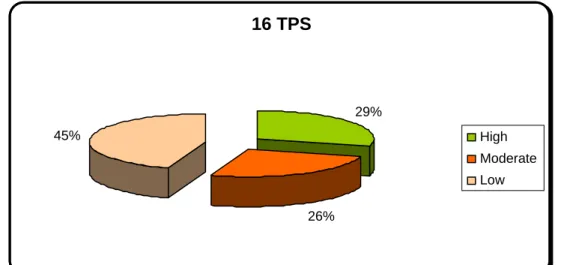THE PROBLEM AND ITS CONTEXT
INTRODUCTION
PROBLEM STATEMENT
AIM OF THE STUDY
RATIONALE OF THE STUDY
PROCRASTINATION
INTRODUCTION
In this sense, tomorrow is a kind of friend to troubled persons and those in unfavorable circumstances. However, tomorrow becomes a kind of enemy - perhaps disguised as a friend - for those who procrastinate regularly.
AN OVERVIEW: PROCRASTINATION
- Meaning of the word procrastination
- Synonyms
- Dictionary definitions
- Academic and other definitions
They argue that procrastination has existed throughout history, but only gained truly negative connotations with the advent of the Industrial Revolution, around 1750. In 2002, about 60% of the population said they procrastinated a little, and about 6% said they procrastinate often.
WHO IS THE PROCRASTINATOR?
TYPES OF PROCRASTINATORS
- The sometimes-procrastinator
- The chronic procrastinator
- The tense-afraid type
- The relaxed type
This type believes that his/her worth is determined by what he/she does, which reflects his/her ability level. This denial-based type of procrastinator avoids as much stress as possible by putting off work or neglecting more challenging tasks and concentrating on "having fun" or some other distracting activity.
CONSEQUENCES OF PROCRASTINATION
THEORIES OF PROCRASTINATION
- Theory 1: Anxiety: Fear of failure, perfectionism, etc
- Theory 2: Self-handicapping
- Theory 3: Rebelliousness
- Theory 4: Discounted expectancy theory
Since delay is in the denominator of the equation, the longer the delay, the less value the action is considered. The more unpleasant people report a task is, the more likely they are to put it off.

PROCRASTINATION AND THE WORK ENVIRONMENT
Discounted Utility Theory predicts an intention-action gap where we intend to work but fail to act on those intentions. The Discounted Utility Theory suggests that many of the earlier theories were right, but only partially.
REASONS WHY PEOPLE PROCRASTINATE
- Resistance
- Fear of failure
- Perfectionism
- Indecisiveness
- Last-minute syndrome
- Lack of motivation for a task
- Fear of success
- Skill deficit (I don't know how)
- Rebellion and resistance
- Feelings of inadequacy
- Disorganisation
- Confusion
- Shame
- Discomfort
- Pride
- Hostility
- Habit
Starting a task is the actual motivator, rather than the motivation having to be present before starting. If your self-esteem is tied to your performance level, then you may constantly ask yourself how much you have to do to be good enough.
CHARACTERISTICS OF PROCRASTINATION
- Vicious cycles
- Unrealistic sense of time
- Dependence on inspiration
This is partly because the rush of facing an approaching deadline releases adrenaline in our bodies, which gives us a sort of (natural) chemical high. It's easy to put something off by saying "Tomorrow I'll be in a better mood" (or more inspired, or less confused, etc.) There are two misconceptions here: the first is the idea that you have to be inspired to work properly, or not work at all. You may just be as burnt out tomorrow as you were before, but the work still needs to be done.
CYCLE OF PROCRASTINATION
- The final choice: To do or not to do
Sometimes distracting activity seems so productive that the procrastinator actually believes he or she is making progress on the project. Even if he feels guilty, ashamed, or fraudulent, the procrastinator continues to hold on to the hope that somehow there is still time to get the project done. When the project is finally either abandoned or completed, the procrastinator usually collapses with relief and exhaustion.
THE PROCRASTINATOR AND STRESS
- Waiting until the last minute
- Avoidance of tasks or activities
- Relationships with other people
- Stress from other sources of life
The idea of going through this process once again is so repulsive that the procrastinator decides not to engage in the cycle again. Thus, the task becomes a source of immense anxiety, and the mere thought of the dreaded thing is enough to mobilize the procrastinator's stress response. The other person may embody the critical inner voice of the procrastinator - impatient, irritated, angry, disappointed - and thus becomes someone to avoid.
WAYS TO OVERCOME PROCRASTINATION
- Set priorities
- Recognise self-defeating motives
- Modify goal of perfection
- Discipline yourself
- Be a positive role model
- Change old habits step by step
CONCLUSION
Teacher burnout is defined by Kyriacou as cited in Dunham, (2001), as "the syndrome resulting from prolonged teacher stress, characterized primarily by physical, emotional and attitudinal exhaustion". One of the major problems that dual-career families face is that of society's attitude towards them (ie the 'traditional' family setup is still considered the norm). Scale A of "The Experience of Work and Living Conditions Questionnaire". 1991), was administered to determine the teachers' stress levels.
TEACHERS AND STRESS
INTRODUCTION
Within the teacher's emotional life are the forces that have the greatest influence on the entire teaching process. No matter how much emphasis is placed on such other qualities of teaching as teaching technique, technology, equipment or buildings, "the humanity of the teacher is the essential ingredient if children are to learn"; Greenberg as cited in Van der Linde (2000) This quote emphasizes the importance of the teacher's affective or emotional qualities (positive and negative) in the teaching profession.
WHAT IS STRESS?
A very important reason for studying teacher stress is that their work experiences can have detrimental effects on them, their students and the learning environment. As a result, many teachers find that their feelings about themselves, their students, and their profession become more negative over time. These teachers are vulnerable to developing chronic feelings of emotional exhaustion and fatigue, negative attitudes toward their students, and feelings of diminishing job performance.
THE TWO DIMENSIONS OF STRESS
- The experiential aspect
- The physiological aspect
THREE STAGES OF STRESS
- The alarm stage
- The resistance stage
- The exhaustion stage
The Alarm Stage is characterized by the activation of the Stress Warning System (the fight-or-flight response). There is therefore an overactivity of the sympathetic nervous system, and the simultaneous inhibition of the parasympathetic nervous system. In the Resistance stage, due to the continuity of the stressful conditions, there is exhaustion of energy, the person feels exhausted.
WHAT IS WORK-RELATED STRESS?
When the stressful situation lasts longer and even after observing the pronounced symptoms of the resistance phase and there are no appropriate measures, the exhaustion phase occurs. The exhaustion phase causes wear and tear on the body, low resistance to disease and sometimes death. A degree of exhaustion only occurs after long periods of hardship. http://www.mehs.educ.state.ak.us/portfolios/christineh/school/stress.html).
TEACHER STRESS STATISTICS
Research on workplace stress and employee health examines the interplay between the specific job, work environment, and personal characteristics that are believed to be causal elements of workplace stress. Based on his 1997 survey of 104 jobs, Professor Cary Cooper of the University of Manchester's Institute of Science and Technology found that teaching was rated as the fourth most stressful job in Britain. http://www.channel4.com/health/microsites/0-9/4health/stress/saw_work.html). Midwestern teachers who completed the Optum Stress Inventory (http://www.optumanswers.com/research/articles/teacherstress.shtml) say workplace stress affects all aspects of their lives and on their students' ability to perform well in class.
DEFINITIONS OF TEACHER STRESS
- Teacher stress defined
TEACHER STRESS MODELS
- The engineering model
- The medical model
- The interactive model
The engineering model represents stress as a load or demand placed on a person that exceeds the 'elastic limits' of the individual's ability to adapt. An abundance of symptoms such as depression, tension, irritability, insomnia, loss of appetite and weight loss are essential components of the definition. It is important that teachers are shown as actors who are no longer at the mercy of external pressures.
TEACHER BURNOUT
- Teacher burnout defined
- What causes teachers to burnout?
TEACHERS' RESPONSE TO STRESS
- Behavioural responses to stress
- Withdrawal from teaching as a response to stress
Frustration can be seen to be related to the physiological symptoms of headaches, sleep disturbances, stomach upsets, hypertension and body rashes and in severe cases, depressive illnesses, while anxiety can be related to loss of confidence, feelings of inadequacy, confusion in thinking and sometimes panic in severe cases. A turnover rate in any profession of 7 to 8% can be seen as healthy, but in teaching this has been reported to be much higher. Many have explained that this desire to leave early is really a reaction to work stress.
CAUSES OF TEACHER STRESS
- Factors intrinsic to teaching
- Cognitive vulnerability to stress
- Systemic factors
- Other factors
Some research has identified a cyclical pattern in the effects of overwork, depending on the academic year. The research found that teachers cited a lack of government support, a lack of information about changes, ongoing changes and the demands of the National Curriculum as among their biggest sources of stress. In a profession such as teaching that has such a large percentage of women, this is sure to be a feature to consider in the phenomenon of teacher stress.
THE EFFECTS OF TEACHER STRESS
Potential stressors that exist in the individual teacher's life, outside of their workplace, that influence an individual's behavior at work, must be taken into account when assessing the sources and impact of work stress. However, events that occur in the home can be both a source of stress and a source of support, just like relationships at work, and can also mitigate or exacerbate the effects of stressors experienced in the work environment. The following table is a summary of the psychological, physical and work-related effects of teacher stress (Wiley, 2000).
COPING WITH TEACHER STRESS
- Direct action techniques
- Palliative techniques
- The school’s role in the reduction of teacher stress
- The effectiveness of teacher stress workshops
Once the source of the stressor has been identified, the teacher can take action by changing the situation so that it does not happen again, or by identifying ways to approach the stressor in a different way so as to minimize the stress that it causes. causes. Here, people do not deal with the source of stress itself, but instead aim to reduce the feeling of stress that occurs. Teachers and principals in schools also need to think about how they can create unnecessary sources of stress through poor management.
STRATEGIES TO COMBAT TEACHER STRESS
CONCLUSION
The aim of the research was to determine whether there is a relationship between procrastination and stress in teachers. In addition, the results of the study were evaluated by conducting a descriptive statistical analysis and examining the correlation between the stress levels (WLQ) and procrastination (TPS) of the respective respondents. However, a two-sided p-value of 0.1920 indicates a high significance of the correlation between elevated levels of procrastination and the resulting increased stress experienced by respondents.
RESEARCH METHODOLOGY
INTRODUCTION
This chapter focuses on the research design, the research population and the statistical methodology used.
RESEARCH STRATEGY
QUESTIONNAIRES
Tuckman's (1991) procrastination scale (TPS16 and TPS35) was used to determine teachers' procrastination propensity. Using factor analysis, Tuckman reduced this 35-item scale to a 16-item scale consisting of questions that loaded .40 or higher with an alpha reliability of .86. When the scoring was completed, the teachers were classified into the following three groups based on their procrastination propensity:
RESEARCH POPULATION
DATA COLLECTION AND ANALYSIS
- Distribution and collection of questionnaires
- Data collection and analysis
STATISTICAL METHODS
- Introduction
- Descriptive statistics
- Correlation
The larger r, ignoring sign direction, the stronger the association between the two variables and the more accurately you can predict one variable based on knowledge of the other variable. This means that knowledge of one variable gives you absolutely no information about what the value of the other variable is likely to be. A positive correlation means that relatively high scores on one variable are associated with relatively high scores on the other variable, and low scores are associated with relatively low scores.
SUMMARY
A positive correlation of 0.3 was calculated, indicating a somewhat positive (1%) association between high levels of exposure and stress. An r-statistic of -0.18 was calculated, indicating a weak negative association (<1%) between moderate levels of exposure and stress. A positive correlation of 0.27 was calculated, indicating a somewhat positive (<1%) association between high levels of exposure and stress.
RESEARCH RESULTS AND FINDINGS
INTRODUCTION
DESCRIPTIVE STATISTICAL ANALYSIS
FREQUENCY DISTRIBUTIONS
- Analysis of population
- Analysis of WLQ and TPS (high, moderate and low)
- Histograms
The calculated p-values were <0.0001 and 0.2583 for the scored WLQ and TPS data sets, respectively (p-value significance level is 0.05). Based on the results shown, it is clear that the measured stress levels of the respondents are asymmetric (ie not normally distributed) and positively skewed. In contrast, the measured exposure levels of the respondents were symmetrical (ie normally distributed) and therefore not highly skewed.
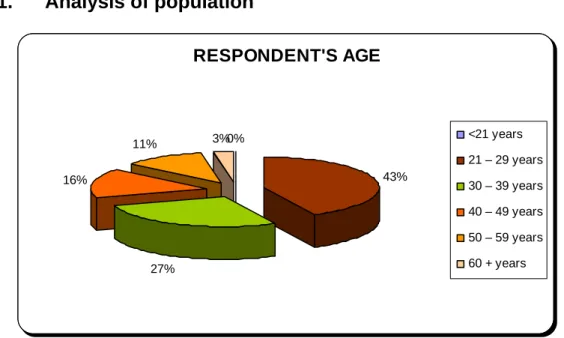
CENTRAL TENDENCY AND VARIABILITY
CORRELATION
- Overall comparison of procrastination levels with associated
- Overall comparison of high, medium and low procrastination
- Pearson correlation
Finally, the Pearson correlation was calculated for high, medium and low levels of procrastination and the associated stress levels (figures. With the exception of three contrasting data points, figure 5.12 indicates a clear and general relationship between high levels of procrastination and stress experienced is shown by In figure 5.14, although a common theme can be observed, the relationship between low levels of procrastination and stress experienced by respondents does not appear to be that significant.
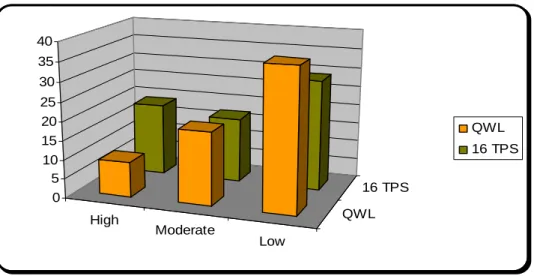
SUMMARY
This study sought to gain a good understanding of procrastination and stress and to investigate whether there is a relationship between procrastination and stress as experienced by secondary school teachers. Based on the statistical analysis performed, it was clear that there is some degree of correlation between procrastination and stress. Based on this research, it is clear that there is a positive relationship between high levels of procrastination and stress for high school students.
CONCLUSIONS AND RECOMMENDATIONS
INTRODUCTION
As mentioned at the outset, a tremendous amount of research has been done on student procrastination, but very little on that of teachers. The idea was raised that teaching is not only about educating students in academic subjects, but more about educating them in life lessons and therefore that the positive behavior that a teacher displays during the developmental years in students' lives has a great impact impact on their eventual development. . This study was conducted to answer the question of whether there is a significant relationship between procrastination and stress and, if such a relationship exists, whether such knowledge can be proactively used to manage and reduce procrastination and stress, thereby to improve the quality of life experienced by teachers.
REVIEW OF THE STUDY
CONCLUSION
The central tendencies and variance of the data sets indicated that most teachers had a moderate tendency to procrastinate and experienced low to moderate levels of stress. This led to the conclusion that stress experienced by respondents with low to moderate levels of procrastination was not necessarily related to their tendency to procrastinate. However, it seems reasonable to expect that the stress experienced by respondents will increase to some extent if their tendency to procrastinate increases.
RECOMMENDATIONS
Put an end to procrastination: tips to help you learn how to use your time wisely. http://swatma.tripod.com/SMW/stages.htm. July 15, 2004. http://www.thehealthcenter.info/emotions/procrastination/)(http://www.clarocet.co m/encyclopedia/pr-intro.htm The purpose of my study is to determine if there is a relationship between procrastination and the stress teachers experience in their work environment.
